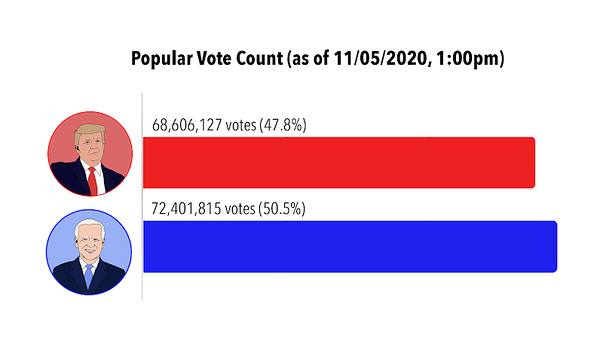Everything seemed perfect: she was traveling the nation and capturing every picture-perfect moment with the man she loved. But behind the curated posts and vlogs was a much more dangerous reality. A reality which, according to Svalin (2018), one in three women and one in four men experience in their lifetime. Gabby Petito was found dead near Grand Teton National Park on September 19th, 2021. She was only 22 when she died a brutal death of strangulation at the hands of her fiance, Brian Laundrie. Gabby’s story became a national tragedy, revealing how easily the signs of abuse can be overlooked until it’s too late. Gabby Petito’s case revealed what can occur from poor intervention. When police officers encountered Gabby and her partner, they failed to look beneath the surface. Their report minimized what advocates immediately recognized as warning signs of intimate partner violence. Unfortunately, this failure to intervene was fatal.
There is no one concrete prototype for what intimate partner violence (IPV) looks like. IPV is a pervasive public health issue that affects those of all demographics, regardless of whether it’s a heterosexual or same-sex relationship. Although women are the most common victims of IPV, there is no exact mold in which abuse occurs, nor is there a single profile for who becomes a victim or a perpetrator. However, the issue with IPV goes beyond just being widespread; it is also the failure of many current intervention programs to respond effectively.
A major reason why IPV intervention programs are failing to effectively prevent IPV perpetration is because the complexity of IPV is not yet fully understood through research. For example, in order for an IPV intervention program to be government funded, it must follow a feminist-informed framework. However, there is no strong research that indicates that feminist informed programs work more effectively than other approaches, such as Cognitive Behavioral Therapy (CBT) based approaches. Even though these programs are created with good intentions, that’s not enough, as they need to actually work. If they don’t, there will remain a dangerous disconnect between what is being implemented and what is actually working. In fact, some studies have shown that neither feminist-informed nor CBT-based interventions significantly reduce recidivism rates among IPV perpetrators.
Another major flaw in our current approach is that most programs fail to account for the individual risk factors that can lead to IPV perpetration. Studies have shown that substance abuse, both marijunna and alcohol, childhood abuse, psychopathology and PTSD are risk factors for IPV perpetration. Despite the differing factors that have been proven to increase the chance of participation in IPV, most existing programs treat all perpetrators the same, regardless of the underlying causes of their behavior.
So is reducing the perpetration of intimate partner violence a dead end? Absolutely not.
The solution lies in a more personalized, evidence-based strategy that considers the complex psychological and social variables driving each and every individual case. This is where the Risk-Need-Responsivity (RNR) model offers promise. Research by Travers and colleagues (2021) found evidence that RNR based interventions are far more effective than those who apply the “one-size-fits all” approach. Not all perpetrators are motivated by the same causes, and therefore, not all perpetrators can be efficiently treated the same. The RNR model shows that when intervention is tailored to the individual and takes into account their unique risks, needs, and personal background, it can lead to better outcomes. By grounding IPV programs in research and flexibility rather than ideology alone, we create a stronger, more realistic path toward lasting change and safety for victims and communities alike.
So where should we start?
Recently I have had the pleasure of interviewing Matthea Mitchell and Molly Harris from Bucknell’s very own IPVA office. The very first thing they had to say was we need more people involved and interested. An idea they had for better intervention programs right here on campus was that we could have peer mentors and peer-to-peer trainers. Matthea and Molly acknowledged that although we have training for first-years, after that, most of it drops off. This lack of sustained education leaves gaps in awareness and limits our capacity to intervene early- before it’s too late. By incorporating continuous, peer-led initiatives, we can build a more supportive and informed community where warning signs are recognized, and survivors are believed and supported.
The road to effective IPV prevention isn’t simple, but it is possible. It begins with listening to survivors, supporting innovative models like RNR, and most importantly, committing to community-wide involvement. No one should have to suffer in silence.
Resources:
Domestic Violence Hotline: Call (800)-799-7233
Transitions of PA address: 120 S 3rd St, Lewisburg, PA 17837


















